Jesus’ Ministry on the Sea of Galilee
When the darkness of night falls, it creeps around the world from east to west. In the same manner, the first beams of morning sunlight sweep around the world from east to west. Thus, the first area to slip into darkness is the first to catch those glimmering rays of sunrise.
This simple illustration from nature gives some understanding of an Old Testament truth that is fulfilled in the New Testament concerning the ministry of Jesus: It began in the area of Galilee. Sometimes we fail to consider that the great majority of the more than three years of Jesus’ service was public ministry on and around the Sea of Galilee. It was only during the last year of His ministry that He moved from there to Judea, Jerusalem, and finally to Calvary.
The Prophecy
The book of Isaiah prophesied that the gospel would come first to Galilee and, in particular, to the area west and east of the sea:
Nevertheless, the dimness shall not be such as was in her vexation, when at the first he lightly afflicted the land of Zebulun and the land of Naphtali, and afterward did more grievously afflict her by the way of the sea, beyond the Jordan, in Galilee of the nations. The people that walked in darkness have seen a great light; they that dwell in the land of the shadow of death, upon them hath the light shined (Isa. 9:1–2).
The concept of this prophecy is very simple, yet most profound. The northern area of Galilee was the first part of the nation to turn from the Lord to idolatry. The darkness of spiritual night began there and gradually swept across the nation, just as darkness moves around the world. It was the first area of Israel into which the mighty Assyrian armies marched, bringing death and destruction. The Assyrians eventually swept through the entire northern part of the land, took, the ten northern disciples into captivity, and finally besieged Jerusalem. Darkness, both spiritual and political, overtook the idolatrous Israelites.
The second verse of the Isaiah 9 passage promises the coming of a great light that would shine in the future. In Matthew 4, this prophecy was fulfilled (v. 14) as Jesus first preached the gospel of the Kingdom there (vv. 5–17).
Jesus’ Power Over Men
The Sea of Galilee played a very important part in the early stages of Jesus’ ministry. It was from this region that He chose a very select group of men to serve as His disciples.
John 1 states that two of John the Baptist’s disciples heard Jesus and followed Him. Andrew then told Peter that they had found the Messiah. The next day Jesus found Philip, who in turn found Nathanael and told him that he had found the one of whom Moses wrote. After some preliminary questions, Nathanael declared to Jesus, “Rabbi, thou art the Son of God; thou art the King of Israel” (Jn. 1:49). Apparently it was at this point that these future disciples came to know the Lord in a personal way.
Matthew and Luke recorded several events that took place in the disciples’ lives around and on the Sea of Galilee. In Matthew 4:18–22, Jesus first saw the fishermen Simon Peter and Andrew casting a net into the sea. He challenged them to follow Him and He would make them “fishers of men” (v. 19). They immediately left their nets and followed Him.
He then went a bit further and found James and John in a ship, mending their nets. He called them, and they too immediately left their nets, their ship, and their father to follow Jesus. They were with Him as He taught and healed the multitudes all around the Sea of Galilee and as His fame spread throughout the area.
Luke 5 records another scene at and on the sea. A great crowd of people had gathered to hear Jesus preach the Word of God. As they pushed and shoved one another to get closer to Jesus, He boarded Simon’s boat, went a little way out from the shore, and taught them (vv. 1–3).
When He finished speaking, He ordered Simon to go out into the deeper water and let down the nets. “We have toiled all the night, and have taken nothing,” Simon responded; “nevertheless, at thy word I will” (vv. 4–5). Their nets began to break, and the ships were so full of fish that they began to sink (vv. 6–7). Peter fell at Jesus’ knees and asked Him to depart from him because he was so sinful in not believing Him. James and John were also astounded at Jesus’ act (vv. 8–10).
Jesus then said, “Fear not; from henceforth thou shalt catch men.” (v. 10)
These fishermen were fully convinced and left all that they had to follow Him. There was no turning back. Called while on the Sea of Galilee, they followed Jesus during the remainder of His earthly ministry.
Jesus’ Power Over Nature
Matthew 8, Mark 4, and Luke 8 all document another major incident that occurred on the Sea of Galilee. Jesus and His disciples got into a boat after sending away the multitude. Jesus wanted to get away from the crowd, go to the other side of the lake, and be alone with His disciples.
It was probably around mid afternoon when they set sail. The toil of the day had no doubt caused the Lord to become physically weary, so He lay His head in the stern of the ship and dropped off into a deep sleep.
While He slept, a great storm with high winds came sweeping over the hills surrounding the sea. This is not a strange phenomenon for this area. Mark and Luke point out that the wind was so strong that it caused the waves to rage, and the boat began to take on water “so that it was now full” (Mk. 4:37). Matthew 8:24 uses a very interesting word to describe the situation of the boat on the sea: “And, behold, there arose a great tempest.” The word translated tempest is the Greek word seismos, which is translated 13 times in the New Testament as earthquake and only one time as tempest, the word the translators chose in this verse. Whether or not an earthquake was involved is irrelevant; the point is that there was a great shaking of the boat with up and down motion, as if it were in an earthquake. It must have been a very great storm.
Jesus remained sound asleep until the fearful disciples awakened Him crying, “Lord, save us; we perish” (Mt. 8:25). They had seen Him heal and perform all kinds of miracles. Perhaps He could help them too. Instead, He rebuked them, saying, “Why are ye fearful, O ye of little faith?” (Mt. 8:26). They must have been perplexed when they heard His question. They were dependent upon Him, and they now had been challenged.
Jesus “arose, and rebuked the wind, and said unto the sea, Peace, be still. And the wind ceased, and there was a great calm,” (Mk. 4:39). The Sea of Galilee is often tempestuous, with waves running high and the waters rough. When Jesus spoke in the midst of the storm, the wind immediately ceased, and a calm swept across the water. All was perfectly still.
“But the men marveled, saying, What manner of man is this, that even the winds and the sea obey him?” (Mt. 8:27). They had seen Jesus heal the multitudes; they knew He had power over men. But now they saw that He had power over nature itself. Only God could have that kind of power. Is it any wonder that the disciples were in absolute awe of Him?
Jesus’ Power Over Demons
When Jesus and the disciples arrived in the country of the Gadarenes (or Gerasenes) after the storm, a demon-possessed man, who had been dwelling among the tombs in that area, met them. His strength was derived from the demons, and although he had often been bound, even the heaviest chains could not hold him. He would cry out and cut himself, for the demons had great power over him.
Having seen Jesus coming when He was still a great distance away, the demon-possessed man ran to Him and worshipped Him. Then the inevitable happened. The demon within cried out through the man’s voice, “What have I to do with thee, Jesus, thou Son of the Most High God? I adjure thee by God, that thou torment me not” (Mk. 5:7).
The demon said some interesting things in that short speech. He knew this man was Jesus; he knew He was the Son of God; and he knew that Jesus could cause him torment. The demon recognized things about Jesus that many people today fail to recognize: He was deity in the flesh with all the power of God incarnate.
Jesus commanded the demon, “Come out of the man, thou unclean spirit” (Mk. 5:8). He then asked the demon’s name, and he replied, “My name is Legion; for we are many” (Mk. 5:9). This man was possessed by a host of demons, and Jesus simply commanded them to come out of him.
Since demons seek to indwell living beings, Legion asked that they not be sent away from the area. There was a great herd of pigs feeding on a nearby mountain, and they begged permission to enter into them. Jesus called the demons out of the man, thus freeing him from their satanic power, and granted their request to enter the swine. Then approximately 2,000 pigs, now with the unclean spirits in them, ran down a steep incline into the Sea of Galilee and were drowned.
Instead of rejoicing that the demon-possessed man had been set free, the religious leaders asked Jesus to leave the area. As He entered the boat, the man who had been possessed begged to go with Him, but Jesus told him to go home and tell his friends the wonderful things the Lord had done for him, which he did.
The Prophecy Fulfilled
The prophecy of Isaiah 9 foretold the coming of a great light—to the area of the Sea of Galilee first—after a long period of spiritual darkness. Jesus was that light. He showed His credentials through His miracles, His power over men, His power over nature, and His power over Satan and his demons. Even the unclean spirits declared Him to be the Son of God (Mk. 3:11).
The majority of Jesus’ ministry, especially the early part, occurred near the Sea of Galilee and the surrounding region. It was there that people first came to know God in the flesh, as Jesus proved His Messianic claims before going to Judea, Jerusalem, and finally to the cross to purchase our redemption.
The people of Galilee saw a great light, and their lives were never the same. Have you met the one who is “the light of the world” (Jn. 8:12), the one who wants to be your Savior, the one who can and will change your life?
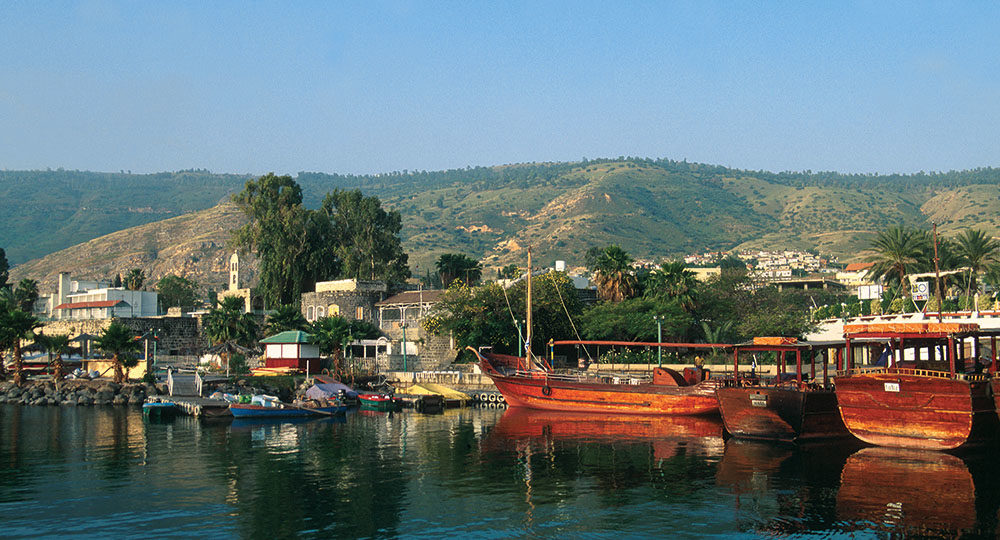
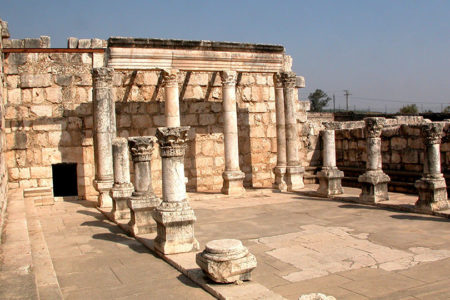
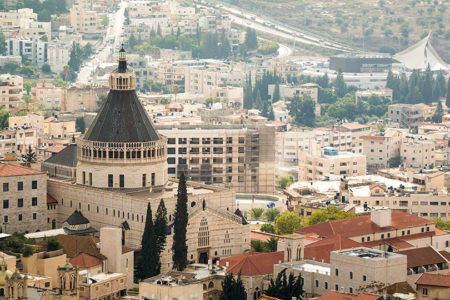
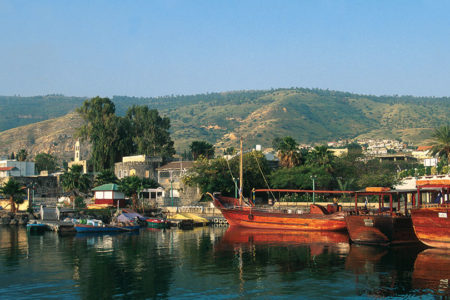
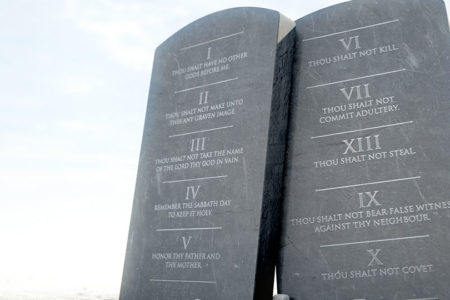




I am amazed of the diety of Christ how he had the power to calm the wind and the storm. And most of all, the sea of Galilee and the hills and valley. Jesus would get in a boat to speak to the crowd and every word of spreading the Word to them. Wow. Amazing.